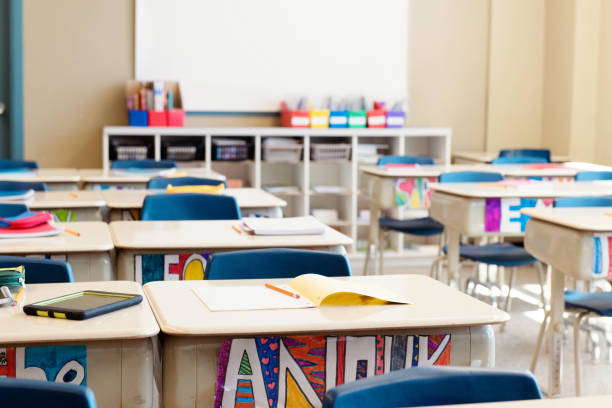What Are Furniture Trends?
Unlike clothing and footwear trends, furniture trends frequently don’t change as much from year to year. Furniture endures ongoing design and production change over time. Markets like Classicoroma are developing these trends.
The work-life balance has altered in the last year, and instead of wearing work trousers during the day and sweats at night, we now work differently. We have worked harder to make our house more livable and roomy as we have lived there for extended periods. Along with a preference for online shopping, people are becoming increasingly interested in interior design and renovation thanks to well-known lifestyle blogs, social media influencers, and platforms like Pinterest and Instagram. As a result, furniture replacements are happening much more regularly these days.
Given the abundance of customer options, merchants must take advantage of current market trends to increase client loyalty. They must introduce unique marketing techniques to match client expectations and experience long-term success.
Following Canada’s school furniture trends
With time, every aspect of life is moving towards development, taking advantage of modern facilities, adopting flexibility, and trying to make an attractive change, especially by applying the furniture trend. Canadian schools have also embraced the new trend. Every student enters their academic career with a unique set of skills. To create a dynamic, engaging environment and keep up with the modern age, many schools have replaced their traditional desks with mobile, non-traditional workspaces.
Gone are the days of single-row desks.
This pattern was once a reality in North American classrooms and was never immutable; It was almost a famous image and was considered a complete representation of education. This standard classroom layout has gone unchallenged for decades and is now giving way to flexible, unconventional designs that encourage student movement. Now flexibility is gaining ground. Many professors have moved to a flipped learning method, promoting deeper learning through peer collaboration by having students use ideas while receiving instant feedback to bridge understanding gaps instead of lecturing in a “sit and listen” way.
The furniture in the classroom has to be versatile for this to happen.
Tables can also be moved or joined together to create group discussion areas.
Fully following the furniture trend and reclining chairs keep the body straight.
Flexibility in the common areas for learning is the top focus.
Some schools now provide each student with a range of seating options, letting them select from an interlocking student table, low cushions, or bean bag chair, in recognition that every kid learns differently.
While teachers can make last-minute adjustments, each student can choose the station that best suits their learning style. Every new study shows that changing to a more accommodating and inclusive educational climate dramatically improves outcomes. This encourages a sense of belonging in students and works for all types of learners.
Zones, mobile or changeable furniture, smooth technology integration, and creating a welcoming environment for students should all be considered while designing.


